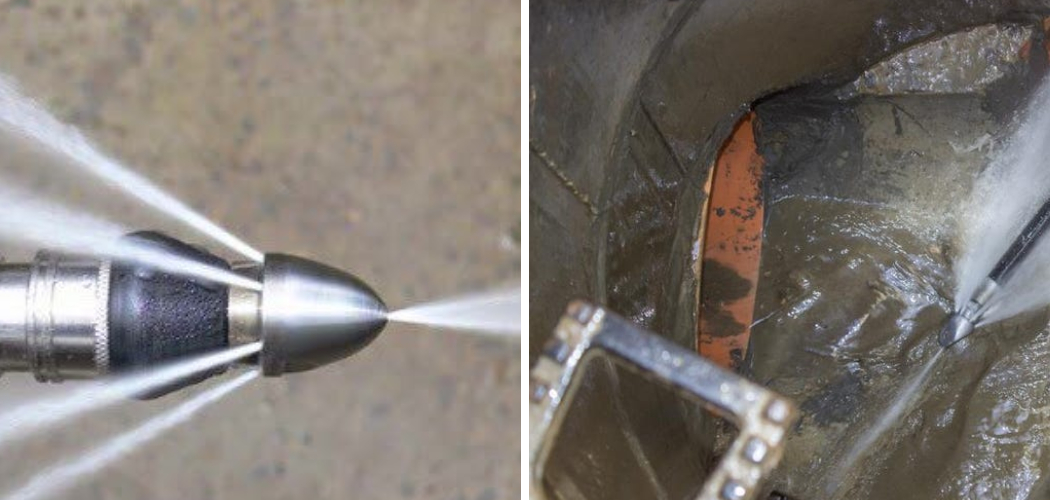Have you ever found yourself dealing with a clogged sewer line but not sure what to do? Unclogging your own drain can be tricky and time-consuming. Fortunately, there is a better option: jetting your sewer line! Jetting your sewer line involves using pressurized water that swiftly clears out any buildup within the pipe and guarantees the highest level of cleanliness.
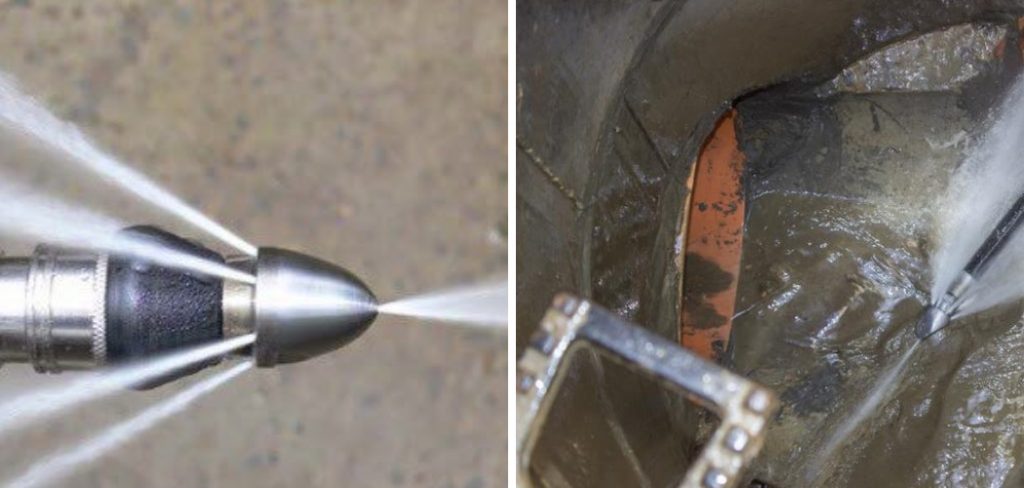
Whether it’s grease, toilet paper, food scraps, or even tree roots that are causing a blockage in your pipes – jetting will have them flowing freely again in no time. Read on to learn more about how to jet a sewer line with this innovative service and how best to go about getting a blocked sewer line.
Can You Use a Pressure Washer as a Sewer Jetter?
No, you should not use a pressure washer as a sewer jetter. Pressure washers are typically used for cleaning the outside surface of an object, while sewer jetters are designed to clean and clear pipes on the inside. The pressure from a pressure washer can damage or break pipes, so it is not suitable for clearing blockages in pipes.
Sewer jetters use water pressure that is much lower than what a pressure washer provides and deliver the water in a specific pattern that helps to remove blockages from pipes. It is also important to note that sewer jetters have specialized nozzles designed to cut through stubborn debris and hardened scale deposits, whereas pressure washers are not equipped with such nozzles. Therefore, it is not recommended to use a pressure washer as a sewer jetter.
Instead of using a pressure Washer, you should look into hiring a professional plumber who has the knowledge and experience to safely and effectively clear blockages in your pipes using specialized equipment like sewer jetters. They will be able to assess any potential damage, properly diagnose the problem, and recommend the best course of action for resolving it. Professional plumbing services can also ensure that your pipes are cleared quickly and efficiently without causing any additional damage.
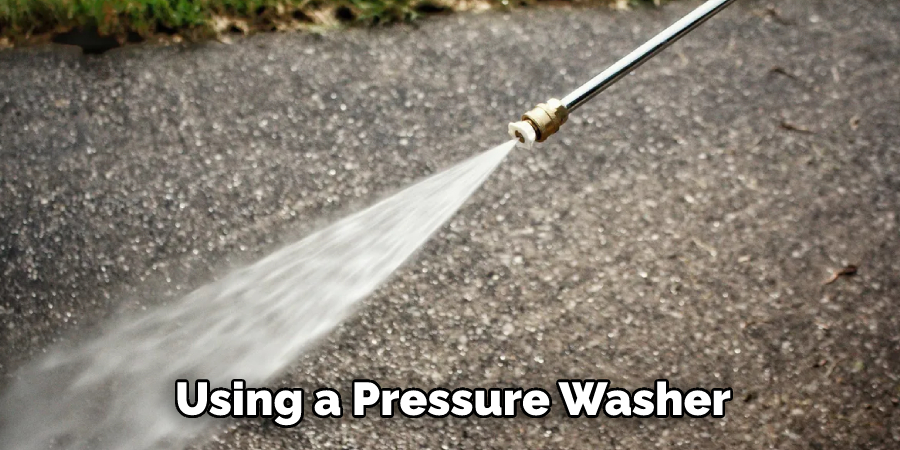
In summary, a pressure washer should not be used as a sewer jetter. Sewer jetters have specialized nozzles and use water pressure that is much lower than what a pressure washer provides in order to effectively clear blockages from pipes. It is recommended to hire a professional plumber who will be able to properly diagnose the problem and recommend a solution without causing any further damage.
8 Methods How to Jet a Sewer Line
1. Call a Professional
One of the best ways to jet a sewer line is to call a professional. While this may be the most expensive option, it is also the most effective. A professional will have the proper equipment and experience to get the job done right. They will be able to assess the situation and determine what is causing the issue.
They can then use a specialized high-pressure water jetting machine to clean the line and unclog it. It is important to hire a professional who understands how to jet a sewer line correctly, as this can make the difference between successful jetting and damage to your pipes.
2. Use a Power Washer
Another way to get a sewer line is to use a power washer. It is a fast and efficient way to get the job done. A power washer is like a high-pressure water sprayer that can be fitted with different nozzles to clean out blockages from the inside of your sewer line. When using this method, make sure to use protective gear like gloves, eye protection, and any other applicable protective gear.
Connect the power washer to a garden hose and increase the water pressure to get rid of any blockage in the sewer line. Be sure not to overuse this method as it can cause damage to the pipes if used incorrectly.
3. Use a Plunger
If you have a plunger, you can use it to try and remove the blockage from the sewer line. Start by adding some water to the toilet, then insert the plunger into the drain. Push down and pull up on the plunger several times in quick succession. If you have a double-flanged plunger, make sure to form a tight seal around the drain before beginning this step.
The suction created should be enough to dislodge any clogs. If it does not, repeat the process several times. If your plunger still fails to solve the issue, move on to another method.
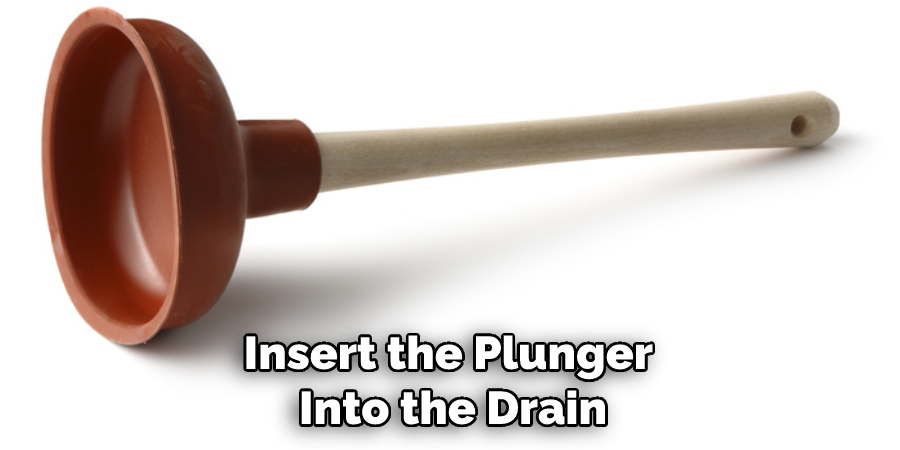
4. Use a Drain Snake
A drain snake is another tool that can be used to remove blockages from sewer lines. It is a long metal coil, or “snake,” that is inserted into the sewer line to push out debris. It also has a cutter on the end of it, which can help break up larger clogs. If you are going to use a drain snake, make sure to always wear protective gloves and safety goggles to prevent any injuries. After the snake has done its work, make sure to re-check the line with a sewer camera to ensure that all of the debris has been removed.
5. Use Boiling Water
One home remedy that can be used to jet a sewer line is to pour boiling water down the drain. Boiling water can help to dissolve any clogs that have built up in the drain and may be able to clear them out more quickly than other solutions. Be sure not to pour too much-boiling water down the drain at once, as this could damage your pipes.
You should also be careful when handling boiling water, as it can cause severe burns if it comes into contact with the skin. After pouring the boiling water down the drain, give it a few minutes to work before checking the results. If necessary, repeat this process until the clog has been cleared.
6. Use Vinegar and Baking Soda
Another home remedy that can be used to jet a sewer line is to mix vinegar and baking soda together and pour it down the drain. The mixture can help to break down the clog and remove it from the pipe. It is important to note, however, that this method should only be used on small clogs. If you have a large blockage or tree roots blocking your sewer line, then you will need to use a professional jetter.
Additionally, it is important not to pour boiling water down the drain, as this can damage your pipes and make it more difficult to unclog. When using vinegar and baking soda, it is best to mix them in a bowl before pouring them down the drain. This will help ensure that they are mixed together properly, and that all of the blockages are removed from the pipe. After the mixture is poured down the drain, wait a few minutes before flushing it with hot water.
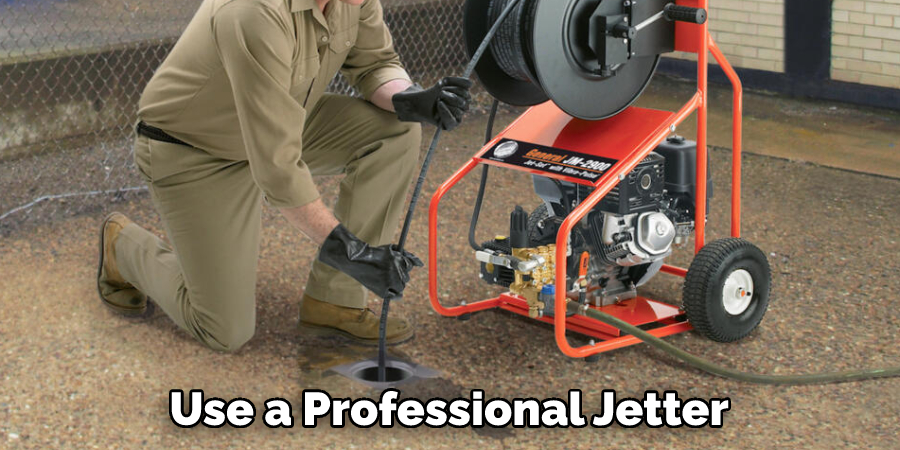
7. Use Dish Soap and Hot Water
If you have dish soap and hot water, you can mix them and pour them down the drain to jet the sewer line. The dish soap will help to break up the grease and grime that may be causing the blockage. The hot water will help to soften the debris enough that it can move more easily through the line. Make sure to use a large amount of both so that it is able to effectively dissolve and move the blockage.
Be sure to pour it directly into the drain, not down the toilet or other drains, as this could cause the blockage to move even further down the line. After you have poured it down, wait several minutes and then run cold water through the sink or tub to flush out any remaining debris. This procedure is usually effective in getting a sewer line, but if it doesn’t work, it may be necessary to call a professional.
8. Use Salt and Hot Water
If you have salt and hot water, you can mix them and pour them down the drain to jet the sewer line. The salt will help to break up the grease and grime that may be causing the blockage. The hot water will help to soften the blockage and make it easier to clear. Make sure that you only use a small amount of salt and never enough to overflow the drain. This method is also great for clearing out minor clogs in kitchen sinks as well.
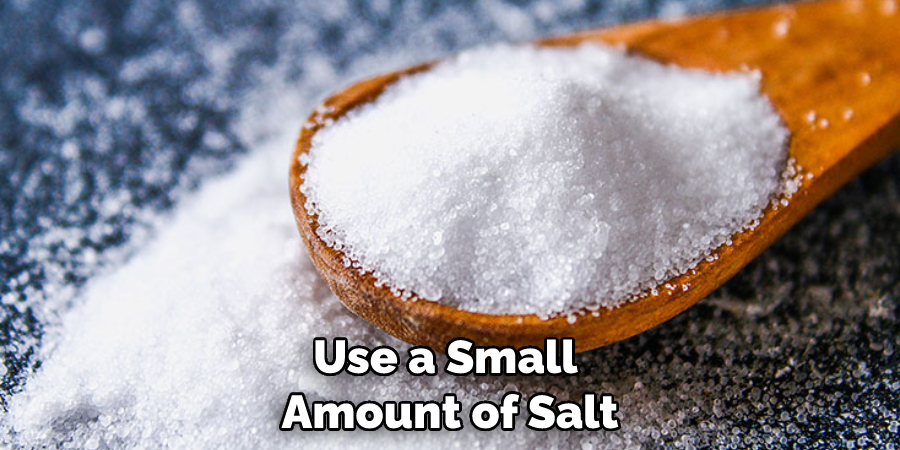
Conclusion
Now that you know how to jet a sewer line, you can keep your plumbing in top shape and prevent any future clogs. Be sure to follow these instructions carefully and always wear protective gear when working with chemicals. If you followed the steps in this blog post, your sewer line should now be unclogged and flowing smoothly. Be sure to maintain your drains by regularly running hot water through them and using a plunger if needed. With proper care, your sewer line will give you many years of clog-free use. Thanks for reading!

